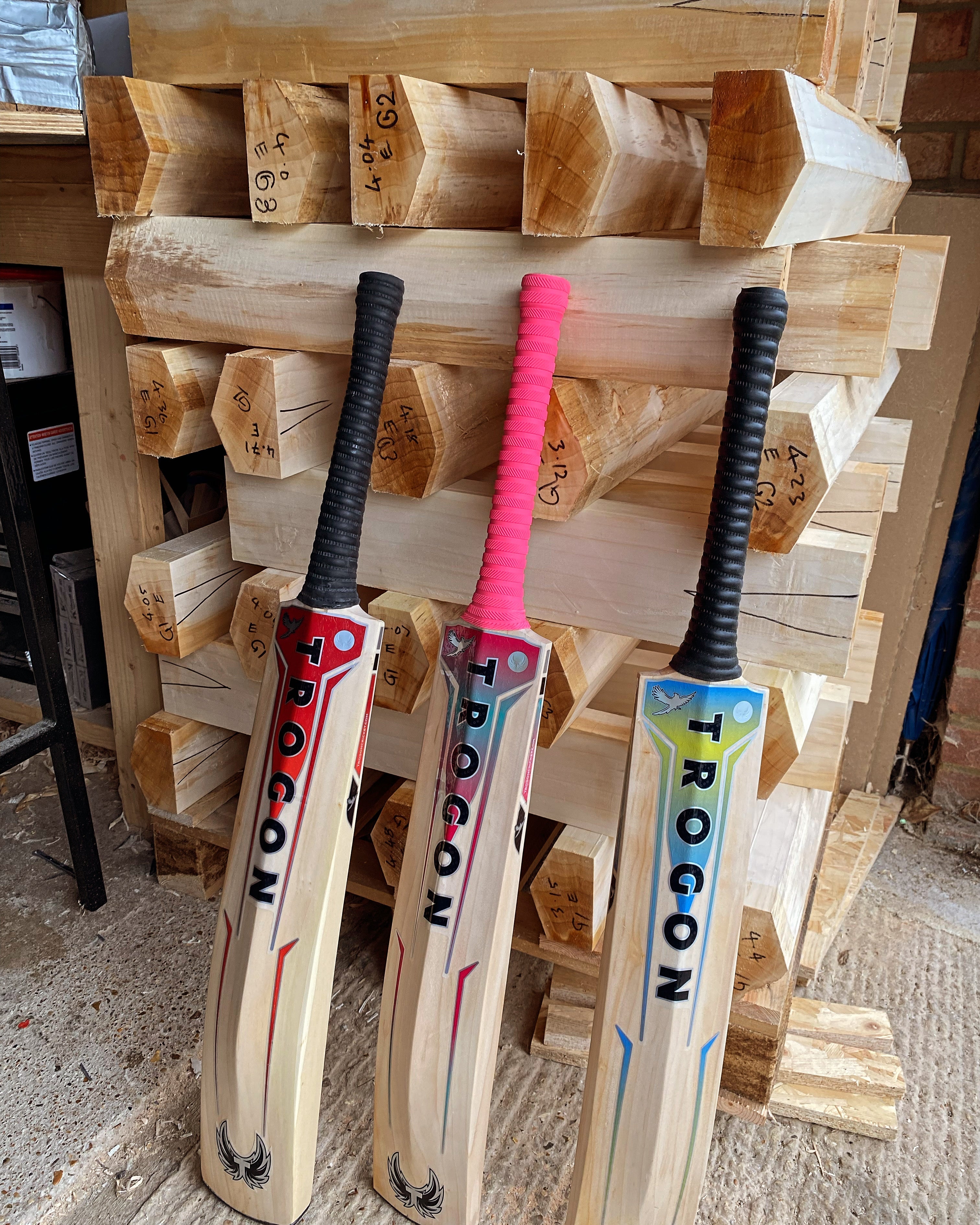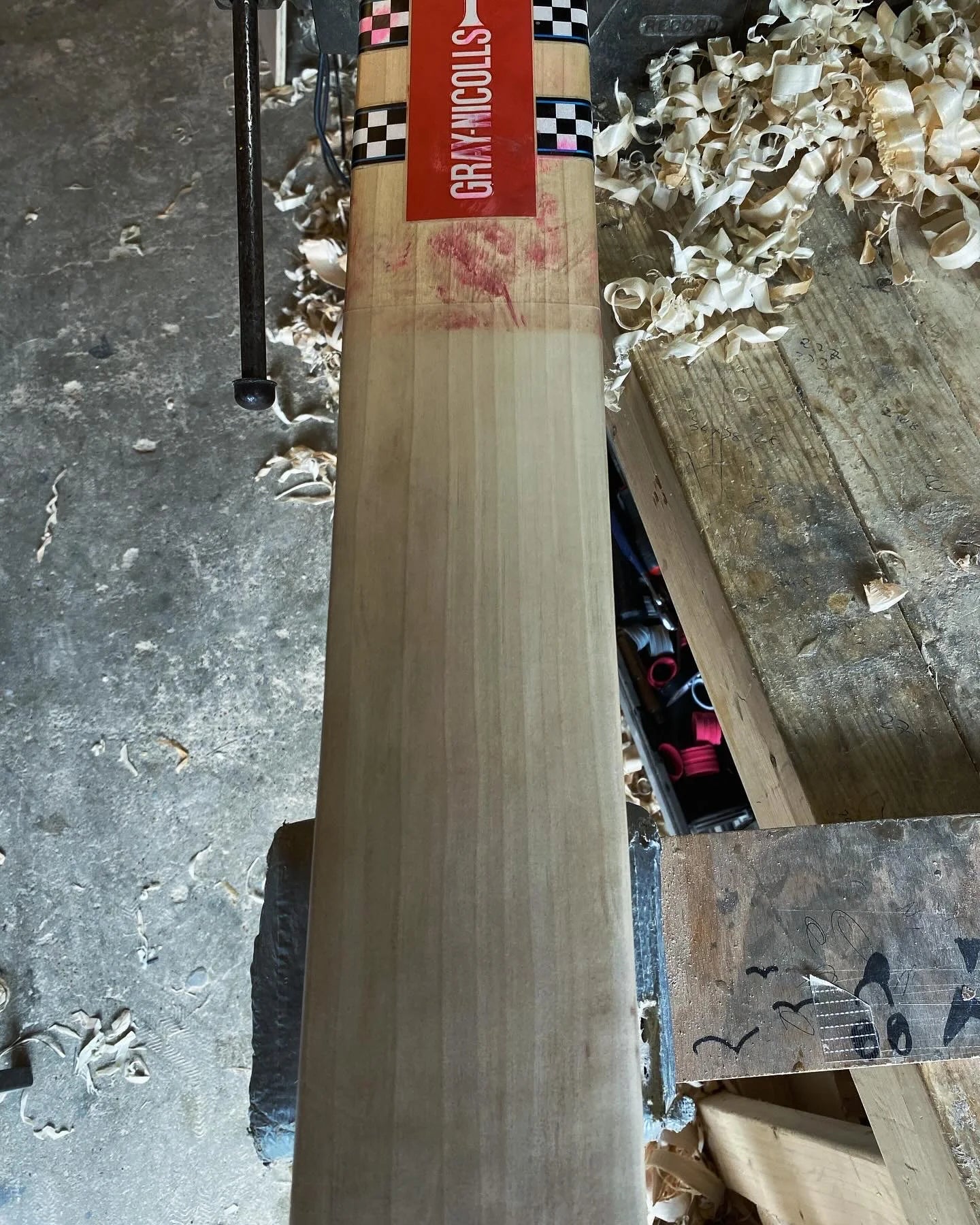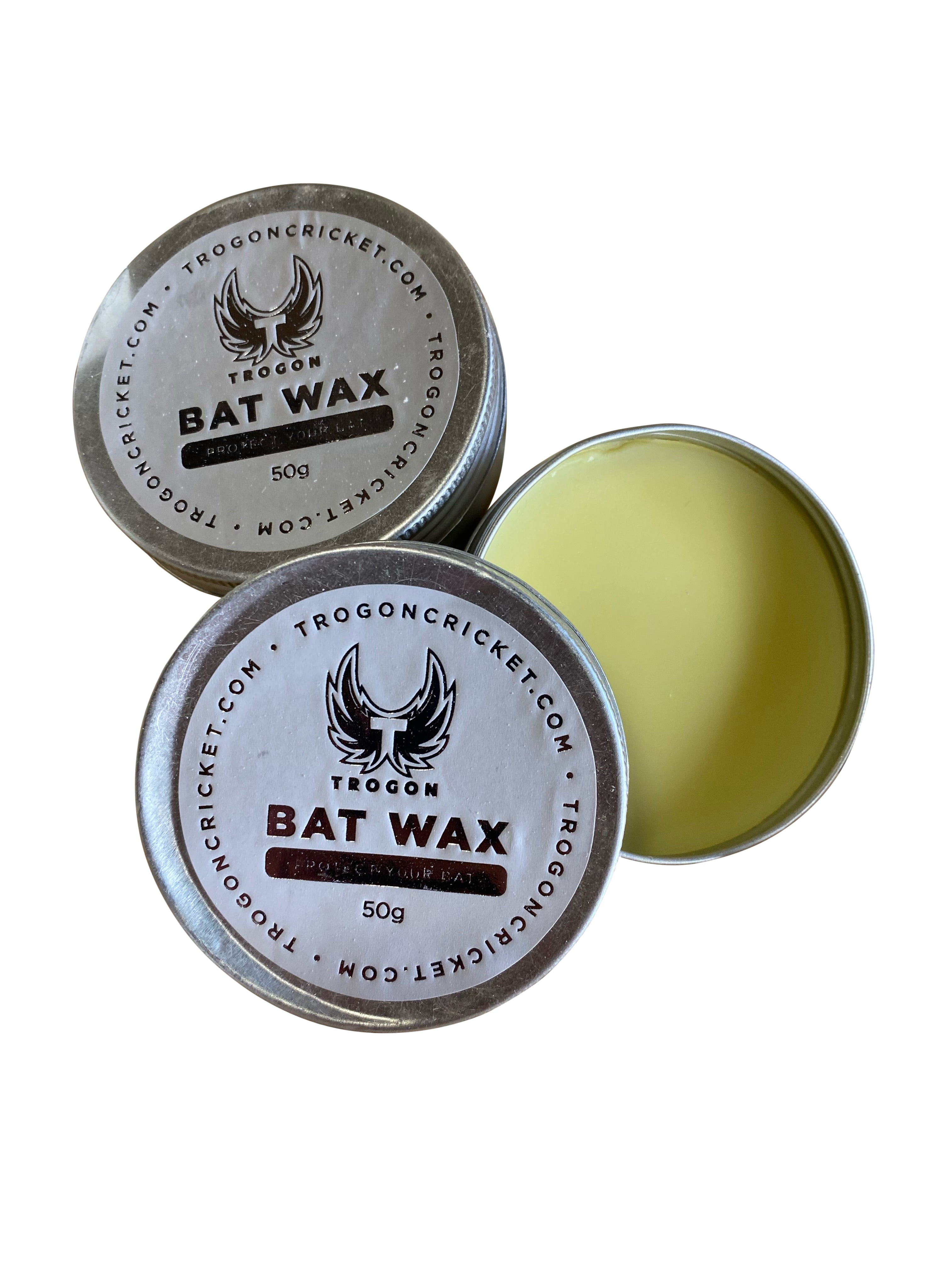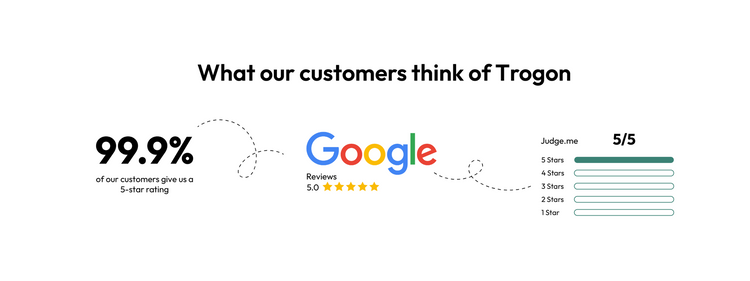The performance of a cricket bat is not solely dependent on the quality of willow (although it plays a big part) but also how the bat is prepared and looked after and that comes from oiling a cricket bat.
This seemingly simple step is crucial for preserving the bat's integrity, enhancing its performance, and extending its lifespan.
But why do we oil a cricket bat?
Oiling a cricket bat with linseed oil protects and moisturizes the willow, preventing drying, cracking, and splitting. This essential maintenance preserves the bat's condition, ensuring it remains durable and performs well over time, without the risk of damage from over or under-oiling.
Right, let's dive in and get all the nitty-gritty details about oiling your cricket bat.
The Essence of Oiling
Oiling your cricket bat is a ritual as old as the game itself. All natural-faced bats must undergo this maintenance step, preferably using raw linseed oil or a specialist cricket bat oil.
But why oil a cricket bat?
The answer lies in the nature of willow, the wood from which cricket bats are made.
Willow is naturally fibrous and soft, characteristics that contribute to the bat's ability to absorb the impact of the cricket ball.
However, these same properties also make the bat susceptible to drying out, cracking, and splitting.
So, the application of linseed oil to your cricket bat acts as a moisturizer, maintaining optimal moisture levels within the blade and thus minimizing the risks of damage.
However, if your bat does get damaged, we at Trogon have you covered. We offer a range of bat repair services, that can get your bat back to its original glory. These services include;
- Reglue Cricket Bat Handle
- Rehandle & Full Service
- Rehandling
- Reshape of Handle
- Toe Guard (Fitted)
- Weight Reduction
- Re-sizing
- Extra layer of binding
So whatever your bat issue, we've got you covered.
The Right Way to Oil Your Cricket Bat
While the importance of oiling your cricket bat is undebatable, how one oils the bat holds equal significance.
A light coat of oil should be applied to the face, edge, toe, and back of the blade.
Special attention is required to avoid the stickers or logos and the splice area, as oil can cause damage to these parts.
The process doesn't end with the application; the bat must then be allowed to dry, ensuring that the oil is absorbed properly.
After about 24 hours, it's essential to check the bat and remove any oil that hasn't been absorbed.
This step is followed by a light sanding of the bat's face using very fine sandpaper (we recommend +180 grit), preparing the surface for another light coat of oil.
This meticulous process ensures that the bat is neither under-oiled nor over-oiled, each of which can be detrimental and under-oiling leads to dryness and cracking, while over-oiling can make the bat heavy and soggy, affecting performance.

The above image shows the amount of oil needed on your cricket bat. Can you see two relatively small spots of oil, which I then rub in by hand, making sure not to oil around the splice area.

The above image shows the bat with the oil rubbed in. You can see a clear difference of bat colour where I haven't rubbed the oil in.
Maintenance Beyond Oiling
While oiling your cricket bat is crucial, it's part of a broader maintenance regimen. Regular oiling, coupled with knocking-in (which I have written extensively about) and proper storage, forms the basis of good cricket bat care.
These steps ensure that the bat not only performs well but also lasts for many seasons, which is what you want when spending a couple of hundred pounds of a new cricket bat.

Trogon Top Tip
When oiling your cricket bat, don’t over-oil it. A little dab of oil or a small amount of bat wax is all you need. Look at the above image, and you will see how much I have used; this is the same amount every time.
Trogon Cricket: Craftsmanship Meets Customization
Our handmade cricket bats cater to all shapes, sizes, weight preferences, and middle positions (high cricket bat middle, middle cricket bat middleor low cricket bat middle), allowing full customization to meet the batter's personal requirements.
We understand that each player is unique, and so should be their bat.
At Trogon Cricket, we pride ourselves on offering a vast selection of grade 1, grade 2, grade 3 and butterfly clefts English willow, available for customization.
Our price points are designed to meet all budget requirements, not only do we have English willow we also have both Dutch hybrid and Kashmir willow which are fantastic alternatives to English willows for junior cricket bats, replica bats, or net bats.
Conclusion
The ritual of oiling your cricket bat is not just about maintenance; it's a testament to the respect a player holds for their equipment and the game itself.
A well-oiled bat is a symbol of dedication, care, and passion for cricket. By choosing Trogon Cricket, you're not just selecting a bat; you're embracing a tradition of excellence, customization, and performance.
Buying With Confidence from Trogon
If you've reached this point, I sincerely thank you for reading it all through. Your interest and support mean the world to me, and it's greatly appreciated.
Whether you're here to learn more about our cricket bats or other products or just out of curiosity, your engagement makes a real difference. Thank you for being part of our Trogon journey.

Trogon Product Guarantee
6-month guarantee on all cricket bats. That means if you purchase a bat through us and it breaks, as long as it has been knocked in properly, we will replace it like for like. This is our commitment to you on top of your statutory protections when buying products online.
Click on the below link and see the collection of cricket bat protection products we offer, from cricket bat wax to toe guards.






























